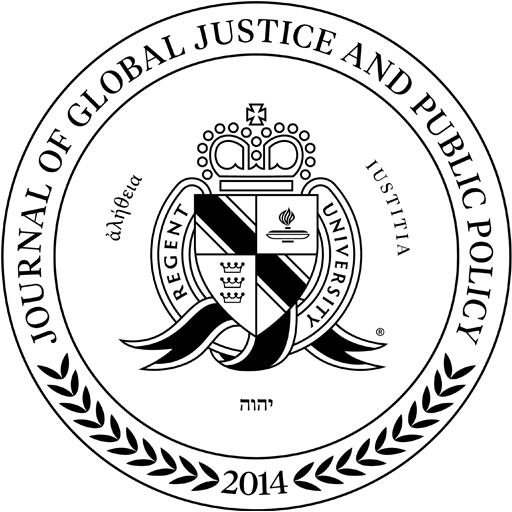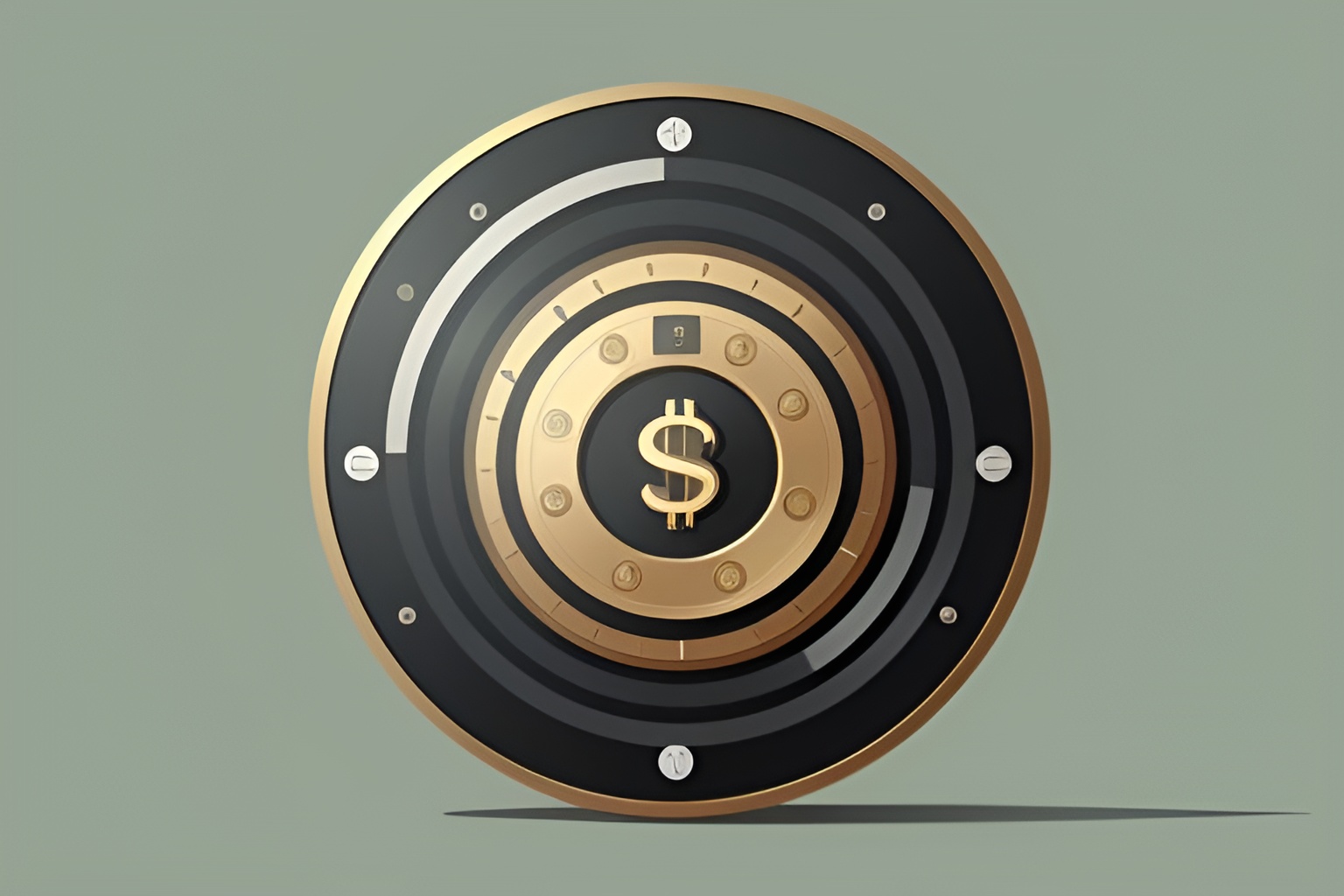Aaron Lindquist* | 1 Regent J. Glob. Just. & Pub. Pol. 79 (2014)
INTRODUCTION
Money is defined as “something generally accepted as a medium of exchange, a measure of value, or a means of payment.”[1] Even though the origins of money are hard to trace, money has come in many different forms throughout history.[2] Egyptians under Roman rule used grain to pay grain-taxes and rent.[3] During the fifth and sixth centuries, arrowheads were used as “coins” in the Black Sea Region.[4] Coinage was introduced in western Asia Minor during the sixth century.[5] Paper bills were first used during the Tang Dynasty in China before catching on in Europe during the seventeenth century.[6]
The Internet has only further aided the transfiguration of money. The Internet boom of the 1990s saw the advent of digital currencies, with the most famous of all, albeit slightly different in scope than when originally introduced, being PayPal.[7] However, the trendiest digital currency on the market is Bitcoin. Bitcoin is a digital currency based on cryptographic proof that is exchanged on a peer-to-peer network.[8]
This note explores the origins and workings of Bitcoin, its popularity and regulation in Germany, how criminal enterprises have used Bitcoin, and governments’ ability to regulate it. To date, there have been no cases challenging the power of individuals to make transactions using Bitcoin. However, policymakers and consumers around the world are calling for enhanced government regulations. This leads to the question of whether national governments can regulate a currency that is not their own, and if so, what exactly those regulations should look like.
This note will show that national governments around the world have no legal basis to prohibit Bitcoin users from entering the marketplace. National governments should refrain from passing legislation or regulations that would have a chilling effect on the use of Bitcoin. This note suggests that if a dispute arises, contract law provides a suitable solution for all consumers, and taxation provides sufficient regulation for governments.
Section II of this note provides an overview of Bitcoin, its technological foundations, and its use in the marketplace. Section III analyzes Germany’s loose regulatory approach to regulating Bitcoin.
Section IV examines how Bitcoin has been, or could be, utilized for illicit purposes by criminal enterprises around the world. Section V analyzes the arguments against increased regulation and proposes solutions that will not have a chilling effect on the adoption of Bitcoin.
OVERVIEW OF BITCOIN
A. What is Bitcoin?
Satoshi Nakamoto[9] created Bitcoin to be the world’s first viable decentralized currency.[10] Like other fiat currencies, Bitcoin has no intrinsic value.[11] Bitcoin’s valuation is based on supply and demand—what the market is willing to pay for the currency.[12] Because Bitcoin has no intrinsic value, it is a complete departure from prior digital currencies such as E-gold, and from other fiat currencies, which were historically backed by precious metals or underwritten by sovereign states.[13] Bitcoin also utilizes peer-to-peer technology to manage transactions and to issue bitcoins.[14] It is an open-source technology, designed to be accessible to everyone.[15] Individuals, businesses, or technology developers can utilize Bitcoin.[16]
Bitcoin provides users with a secure yet cheap, quick, and easy way to transfer money.[17] Bitcoin transactions utilize military-grade cryptography to protect users.[18] Additionally, Bitcoin helps protect users’ identities by creating a unique Bitcoin address that contains no identifying information.[19] One of the biggest complaints from small businesses concerns the swipe fee that is charged every time a debit or credit card transaction occurs.[20] Swipe fees represent the second highest operating expense for merchants, even though technological advances have lowered the processing costs of credit and debit transactions.[21] Bitcoin eliminates such processing fees, except in cases of very small payments.[22] Additionally, Bitcoin allows for fast international payments because there is no third party to slow down the process, charge exorbitant fees, or freeze transfers.[23] Bitcoins can be transferred with mobile phone payments and require no particular software because Bitcoin utilizes open-source technology that is compatible across the board.[24] Ease of transfer makes Bitcoin a great alternative to fiat currencies and precious metals.
B. Mining & Distribution
- Mining
The creation and transfer of Bitcoins is known as “mining.”[25] Mining adds transactions to Bitcoin’s public ledger of previous transactions.[26] The ledger is known as the “block chain” because it is a chain of blocks of data that help prove the validity of the current block.[27] Mining is a resource-intensive and difficult consensus process.[28] Because mining is the mechanism by which bitcoins are created, miners are paid transaction fees as well as a “commission” for newly created coins.[29]
Miners must utilize the best hardware available to mine blocks.[30] There are currently four ways to mine bitcoins. The first method is called central processing unit (CPU) mining.[31] CPU mining allows users to utilize their home computer to mine. While CPU mining is very inefficient and the Bitcoin software has disabled CPU mining as a default setting, CPU mining can still be accessed, and is still used.[32] The second method of mining is called graphics processing unit (GPU) mining. GPU mining is much faster and more efficient than CPU mining.[33] The third type of mining is known as field-programmable gate array (FPGA) mining. FPGAs consume small amounts of power and are extremely quick.[34] The most recent mining development is application-specific integrated circuit (ASIC) mining. ASIC is a microchip designed and manufactured to accomplish very specific purposes.[35] ASICs consume very little power and are vastly faster than all the other mining technologies.[36]
- Money Definition, MERRIAM-WEBSTER.COM, http://merriam-webster.com/dictionary/money (last visited Nov. 9, 2014). ↩︎
- Henry S. Kim, Archaic Coinage as Evidence for the Use of Money, in MONEY AND ITS USES IN THE ANCIENT GREEK WORLD 7, 9 (Andrew Meadows & Kirsty Shipton eds., 2001). ↩︎
- Id. ↩︎
- Id. ↩︎
- Id. at 9–10. ↩︎
- Top 10 Things You Didn’t Know About Money: The First Paper Money, TIME, http://content.time.com/time/specials/packages/article/0,28804,1914560_1914558_1914593,00.html (last visited Aug. 21, 2014). ↩︎
- History, PAYPAL, https://www.paypal-media.com/history (last visited Aug. 21, 2013). ↩︎
- SATOSHI NAKAMOTO, BITCOIN: A PEER-TO-PEER ELECTRONIC CASH SYSTEM 1 (2009), available at http://bitcoin.org/bitcoin.pdf. ↩︎
- Who is Satoshi Nakamoto?, COIN DESK, http://www.coindesk.com/information/who-is-satoshi-nakamoto/ (last modified Apr. 2,
2014). Satoshi Nakamoto is likely a pseudonym as the identity or identities of the individual(s) behind Bitcoin are anonymous. Id. ↩︎ - NAKAMOTO, supra note 8, at 1. ↩︎
- Myths, BITCOIN WIKI, https://en.bitcoin.it/wiki/Myths#Bitcoins_have_no_intrinsic_value_.28unlike_some_other_things.29 (last visited Aug. 29, 2014). ↩︎
- Id. ↩︎
- See generally Bob Sullivan, Feds Accuse E-Gold of Helping Cybercrooks, NBC NEWS TECHNOLOGY (May 2, 2007, 5:19 PM), http://redtape.nbcnews.com/_news/2007/05/02/6346006-feds-accuse-e-gold-of-helping-cybercrooks?lite (explaining that E-Gold was a digital currency that was backed by precious metals); see, e.g., Pascal-Emmanuel Goby, All Money is Fiat Money, FORBES (Jan. 8, 2013, 5:23 AM), http://www.forbes.com/sites/pascalemmanuelgobry/2013/01/08/all-money-is-fiat-money/ (describing the nature and origin of fiat currencies). ↩︎
- BITCOIN, http://bitcoin.org/en (last visited Oct. 19, 2013). ↩︎
- Id. ↩︎
- See id. ↩︎
- Bitcoin for Individuals, BITCOIN, http://bitcoin.org/en/bitcoin-for-individuals (last modified Oct. 22, 2008). ↩︎
- See generally Myths, supra note 11 (relating the fact that Bitcoin utilizes well-known industry standard algorithms SHA256 and ECDSA). The United States government uses and endorses SHA256. Id. ↩︎
- Id. ↩︎
- Doug Kantor, Create Jobs by Ending the Swipe Fee Rip-Off, REAL CLEAR POLITICS (Oct. 13, 2013), http://www.realclearpolitics.com/articles/2013/10/13/create_jobs_by_ending_the_swipe_fee_rip-off_120306.html. ↩︎
- Id. ↩︎
- Bitcoin for Individuals, supra note 17. ↩︎
- Id. ↩︎
- Id. ↩︎
- Mining, BITCOIN WIKI, https://en.bitcoin.it/wiki/Mining (last modified Oct. 29, 2013, 10:38 AM) (discussing that the process of introducing new Bitcoins into the market is called mining because it requires exertion, in the form of computing power, and steadily makes new currency available at a rate similar to mining physical commodities like gold). ↩︎
- Id. ↩︎
- Bitcoin Mining in Plain English, CODING IN MY SLEEP (Sept. 6, 2012, 11:49 PM), http://codinginmysleep.com/bitcoin-mining-in-plain-english/. Blocks are large chunks of data linked together that prove the previous block as valid. Id. See also Blocks, BITCOIN WIKI, https://en.bitcoin.it/wiki/Block (last modified June 15, 2013, 3:06 PM) (providing an in-depth look at blocks). ↩︎
- Mining, supra note 25. It is called a consensus process because each block must contain proof of work to be valid and each Bitcoin node verifies proof of work when it receives a block. Id. ↩︎
- Id. The transaction fee consists of the fees paid by users sending transactions. Additionally, everyone in the network agrees upon the number of Bitcoins that may be awarded to a block discoverer. Id. The current “commission” for discovering a block is 25 Bitcoins. Id. ↩︎
- Id. ↩︎
- Id. ↩︎
- Id. ↩︎
- Id. ↩︎
- Id. ↩︎
- Id. ↩︎
- Id. ↩︎
* Regent University School of Law, J.D. Candidate May 2015. I would like to thank Associate Dean Eric DeGroff for his assistance as I edited and revised multiple drafts of this paper. I would also like to thank my beautiful wife, Kristen, for supporting me throughout this process.

